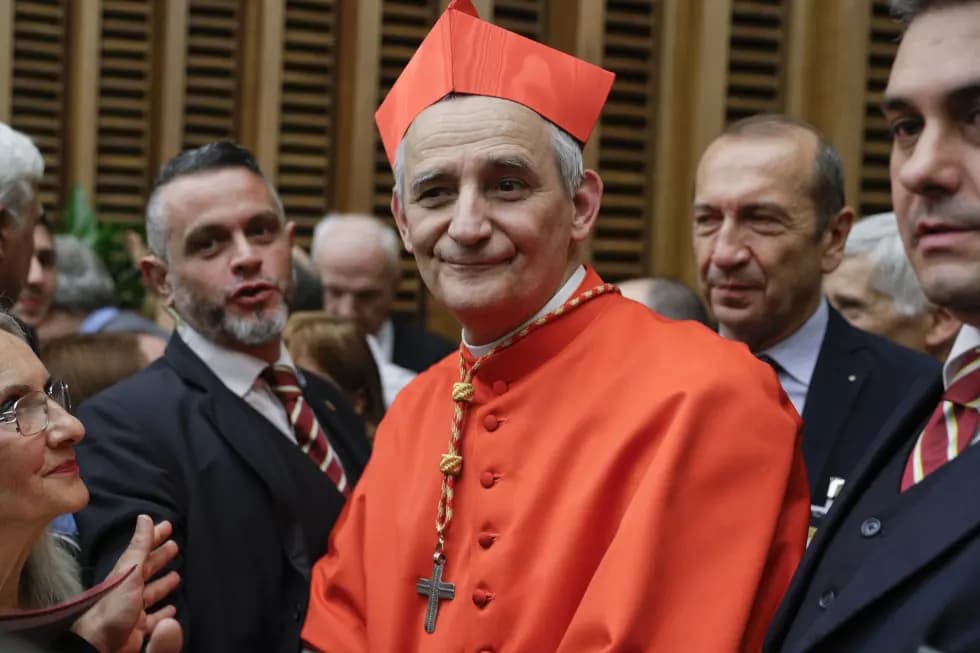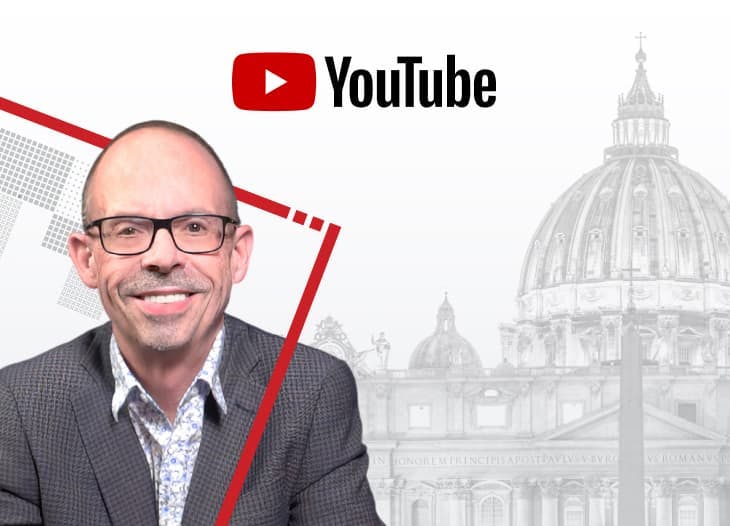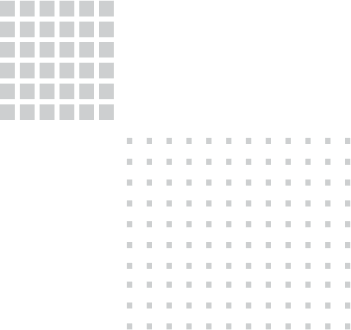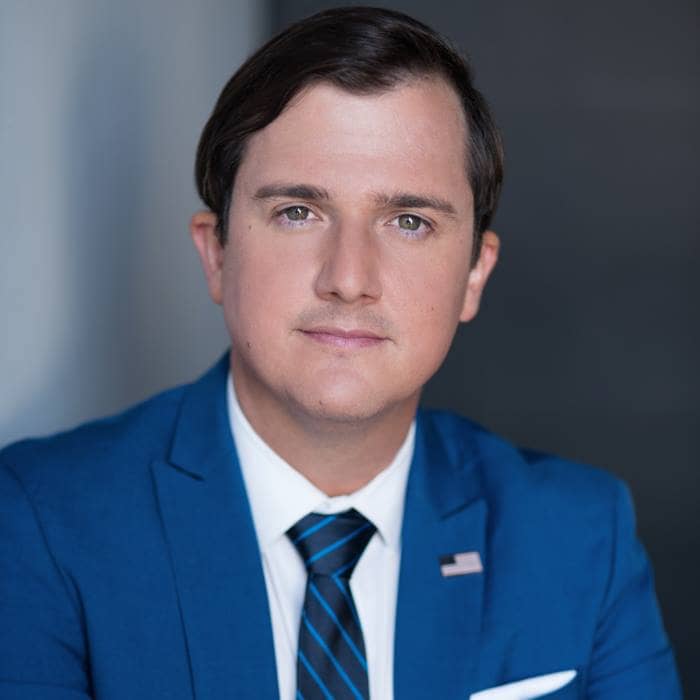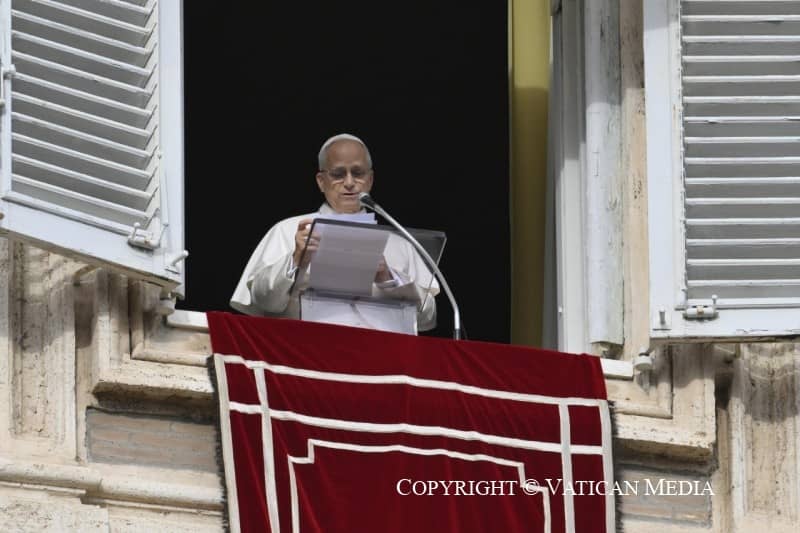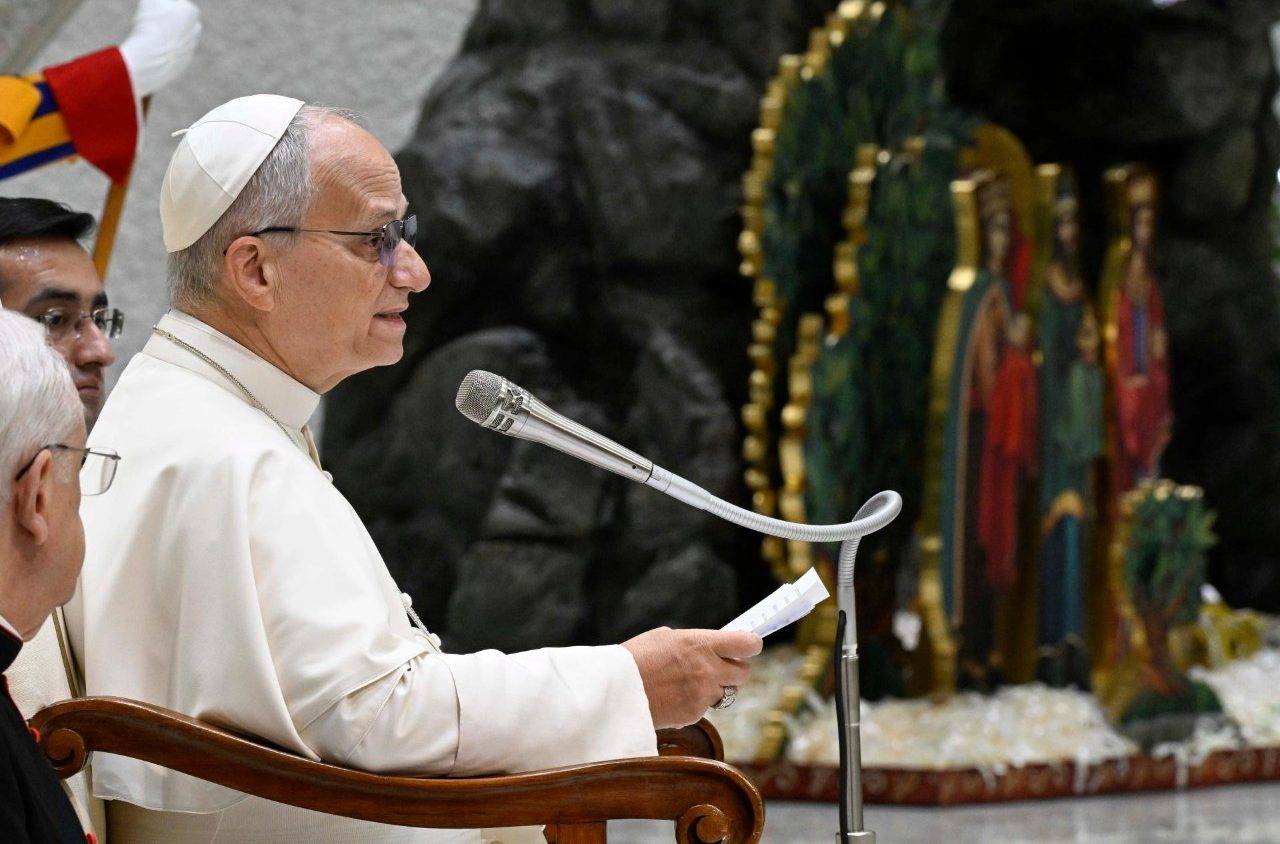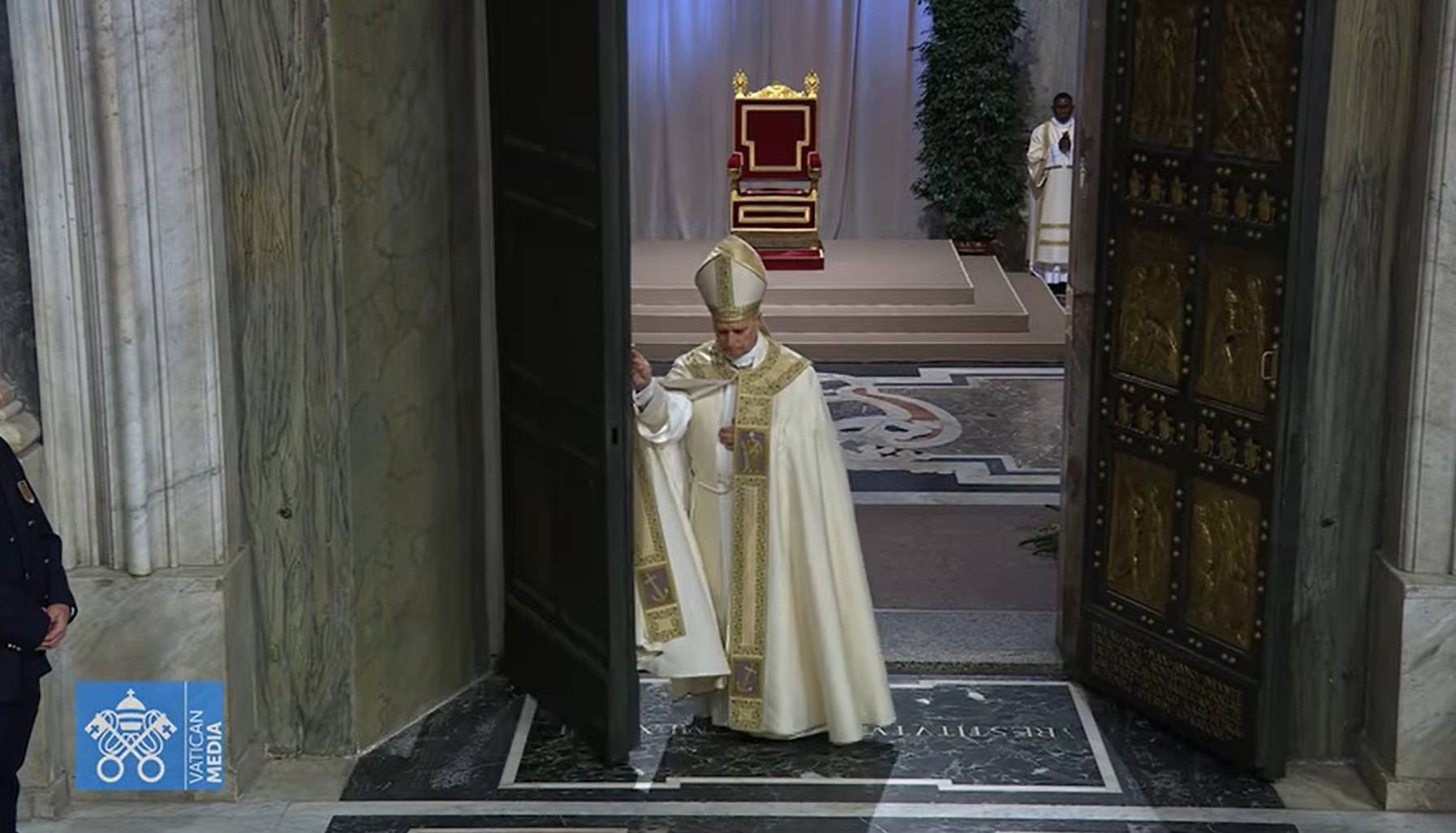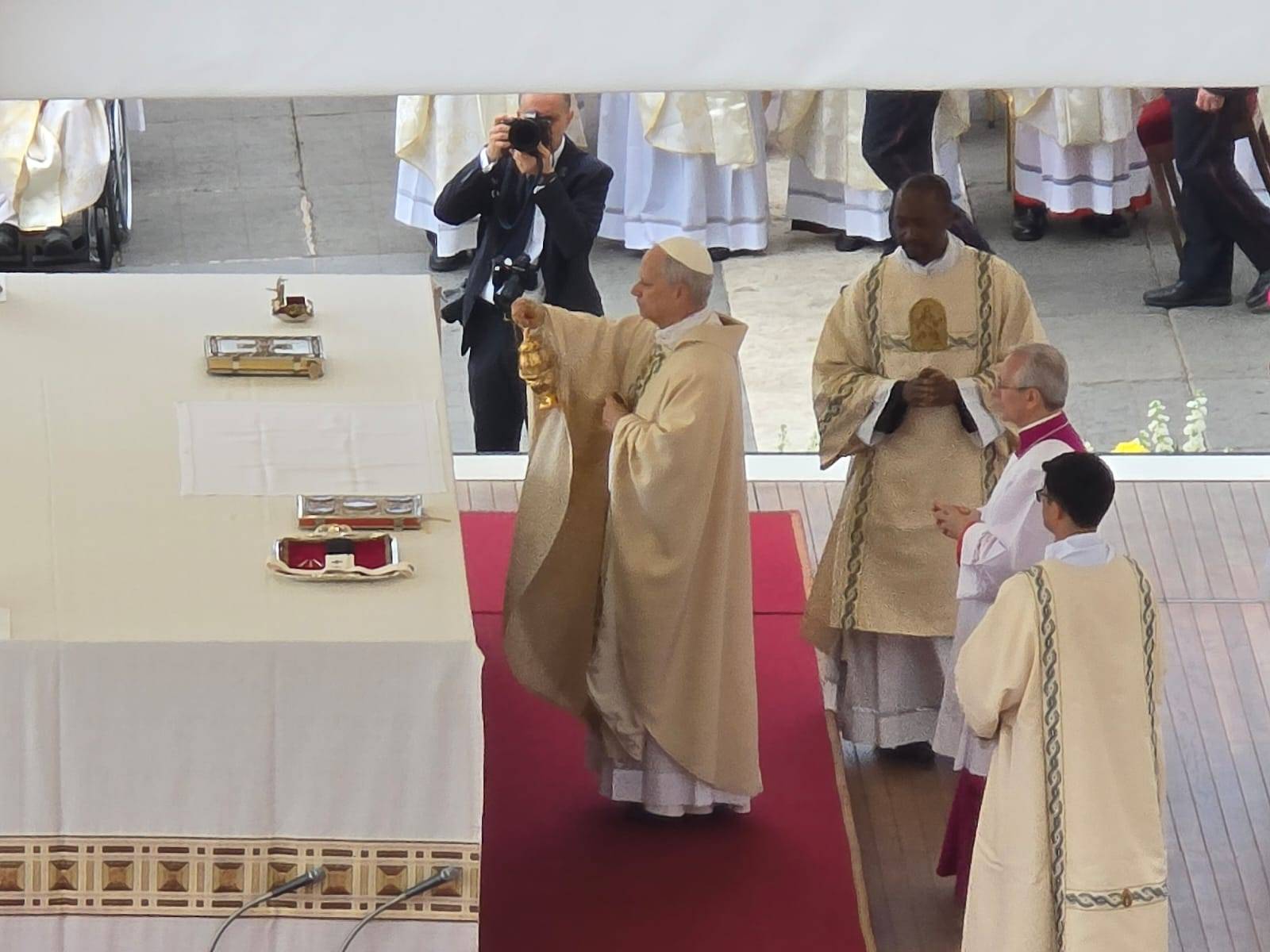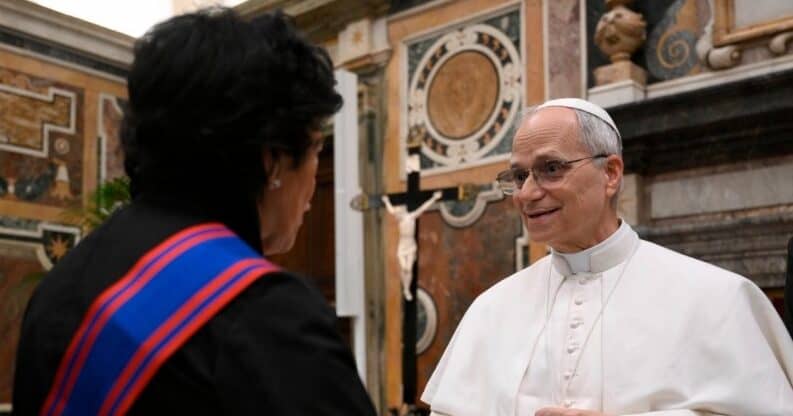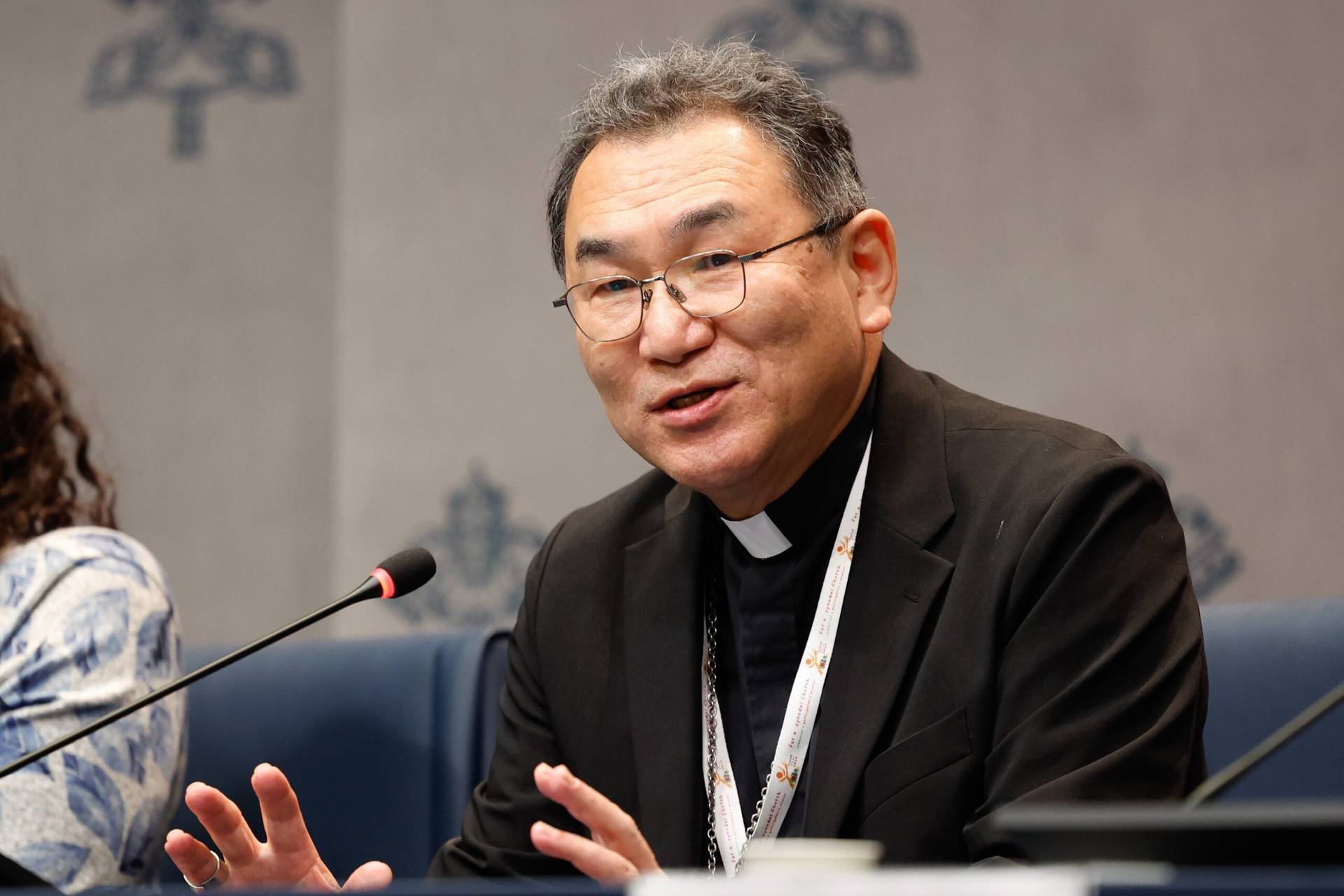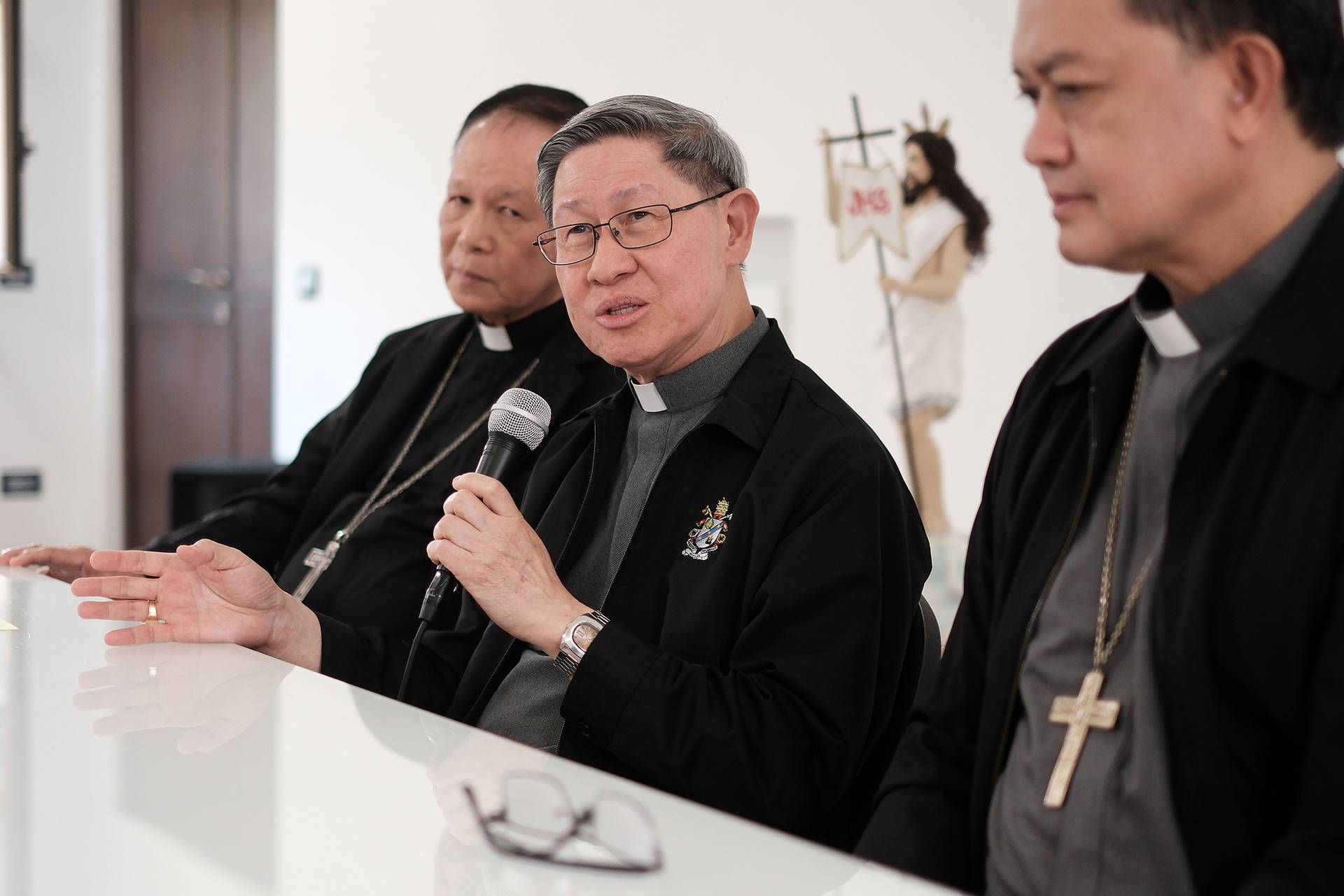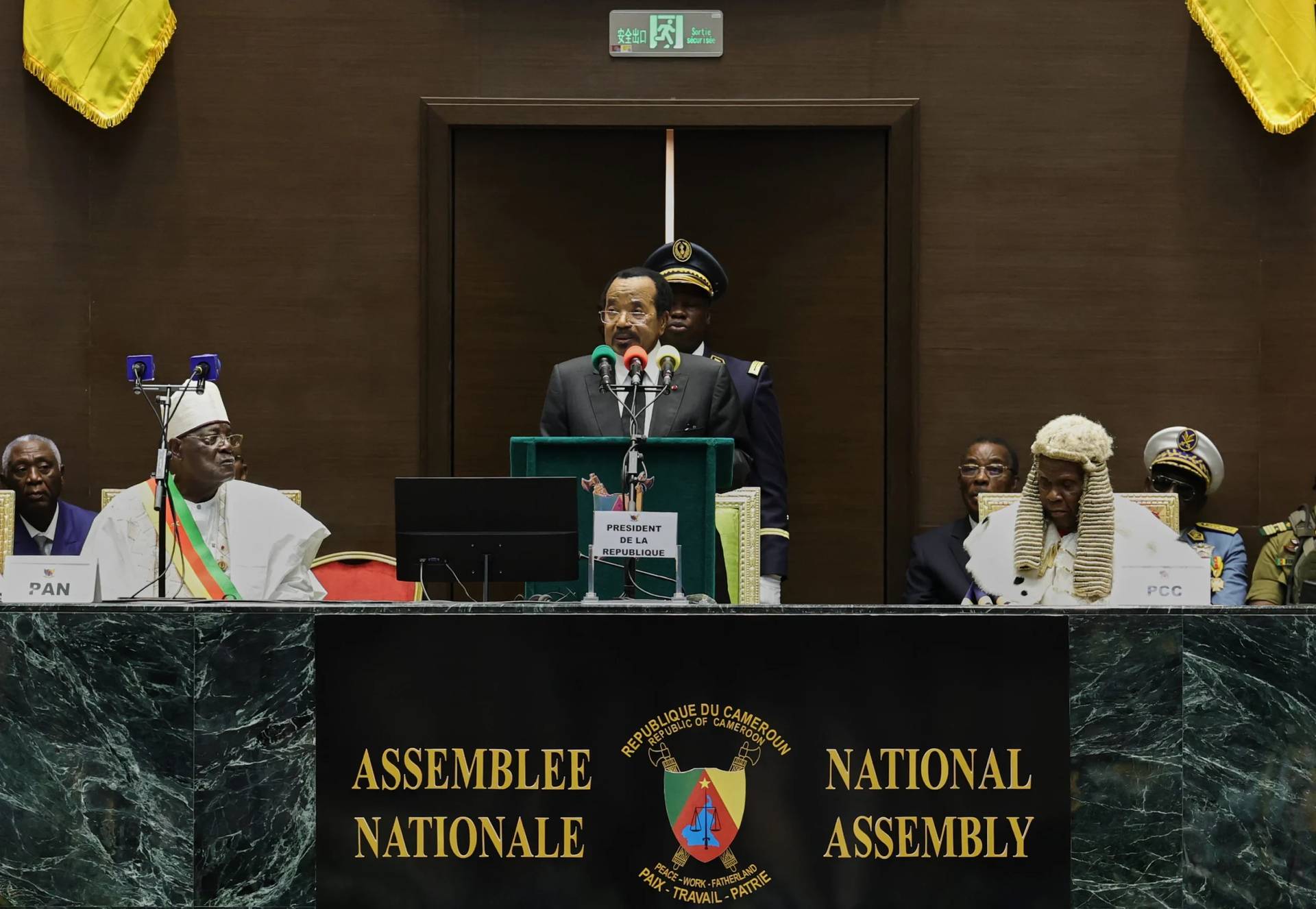Each day between now and the conclave to elect a successor to Pope Francis, on a date yet to be set, John Allen is offering a profile of a different papabile, the Italian term for a man who could be pope. There’s no scientific way to identity these contenders; it’s mostly a matter of weighing reputations, positions held and influence wielded over the years. There’s also certainly no guarantee one of these candidates will emerge wearing white; as an old bit of Roman wisdom has it, “He who enters a conclave as a pope exits as a cardinal.” These are, however, the leading names drawing buzz in Rome right now, at least ensuring they will get a look. Knowing who these men are also suggests issues and qualities other cardinals see as desirable heading into the election.
ROME – Fundamentally, every conclave shapes up as a referendum on the papacy that just ended: Do we want to keep going in the same direction, or do we want to change?
After the death of John Paul II in 2005, the vote was overwhelming for continuity, which is how you got to Cardinal Joseph Ratzinger, John Paul’s right-hand man, as Pope Benedict XVI in just four ballots; in 2013 the decision was massively for change, explaining the election of Cardinal Jorge Mario Bergoglio of Buenos Aires as Pope Francis in just five.
If we assume the same choice will shape the 2025 edition, then it’s worth asking who the continuity candidate might be this time – and it’s hard to think of a more obvious answer than 69-year-old Cardinal Matteo Zuppi of Bologna, arguably as close to a potential “Pope Francis II” as one will find among the plausible contenders.
Not only is his background in the Community of Sant’Egidio, by far Francis’s favorite among the “new movements” in the Catholic Church, but Francis gave Zuppi the historically influential post in Bologna in 2015, chose him as president of the Italian conference in 2022, and also tapped Zuppi in 2023 as his personal peace envoy for the war in Ukraine. Short of pointing a finger and publicly shouting, “This is my beloved son, upon whom my favor rests,” it’s difficult to think of anything else a pontiff might do to signal that someone has his trust.
Zuppi returned the favor, backing Francis at every controversial turn during his papacy, from the decision in 2015 to open a cautious door to communion for Catholics who divorce and remarry outside the church – Zuppi called it a blow for “closeness” to people doing their best – to the 2024 authorization of blessings for people in same-sex unions, which he said placed the church “on the horizon of mercy.”
His liberal credentials certainly aren’t in any doubt. For instance, he contributed the foreword to the Italian edition of American Jesuit Father James Martin’s 2017 book Building a Bridge, arguing for greater tolerance and inclusivity for the LGBT community.
A native Roman, Zuppi was born in 1955 as the fifth of six children. He was almost literally born into ecclesiastical service: His father Enrico was the longtime editor of an illustrated weekly supplement to L’Osservatore Romano, the official Vatican newspaper, while his mother was the niece of the legendary Cardinal Carlo Confalonieri, a veteran Vatican official who played a key role in the Second Vatican Council and later became the very first prefect of the newly created Congregation for Bishops.
In 1973, at the tender age of 18, Zuppi’s life took a turn when he met the then 23-year-old Andrew Riccardi, a lay Catholic intellectual and activist who, five years before, had founded the Community of Sant’Egidio. Reflecting the idealistic impulses of Vatican II, Riccardi originally conceived the group’s mission as serving poor students in popular schools in rough neighborhoods on the outskirts of the city of Rome.
As time went on, Sant’Egidio took on a bewildering variety of other roles, from ecumenism and inter-faith dialogue to conflict resolution, all basically inspired by the progressive energies unleashed by the council.
At every step, Zuppi was at Riccardi’s side. He became the pastor of the Basilica of Santa Maria in Trastevere, where Sant’Egidio holds its famous evening vespers services that attract throngs of secularized young Romans who otherwise would never darken the door of a Catholic Church, and in the early 1990s, he became part of the Sant’Egidio team that helped negotiate an end to a long-running civil war in Mozambique.
So strong is the bond between Zuppi and Riccardi that the late Australian Cardinal George Pell, a conservative who tended to look askance at the Sant’Egidio phenomenon, once warned that if Zuppi should emerge wearing white from the conclave, the “real pope” would be Riccardi.
In 2012, Pope Benedict XVI made Zuppi an auxiliary bishop of the Diocese of Rome. When Francis took the reins in 2013, his enthusiasm for Sant’Egidio was immediately evident – during one of his first Sunday Angelus addresses, he spotted a banner from the group in the crowd and blurted, “Those guys from Sant’Egidio are great!”
Francis didn’t waste much time elevating the cleric most identified with the community, naming Zuppi Archbishop of Bologna in 2015. It was a symbolically charged choice, since the liberal Catholic energies associated with the so-called “Bologna School” have long seen themselves as the keeper of the flame for Vatican II in Italian Catholicism.
Zuppi’s later appointment by the pope as president of the powerful Italian bishops’ conference made him a national and international point of reference.
The case for Zuppi as pope?
First and foremost, his election would solidify and, at least to some extent, institutionalize Pope Francis’s legacy. He’s cut from the same cloth, and given his lifetime of experience inside the ecclesiastical system, he arguably would know how to pick the personnel and to create the structures to make that legacy more invulnerable to being rolled back.
In a time when the uncertainties and pressures of geopolitics are seen as a key voting issue in the conclave, Zuppi also brings hard-won international experience, most recently from his missions to Russia, China and the U.S. as part of his diplomatic roadshow related to the Ukraine war – even if some would point out that his mission didn’t really produce many concrete results, even at the basic humanitarian level of prisoner exchanges or the return of forcibly removed children.
Zuppi is also seen as a gifted pastor, whose 19-year run at Santa Maria in Trastevere gave him a deep understanding of how to engage and inspire a staggering variety of people. He was seen as especially successful at reaching young adults, but his affable and outgoing personality made him popular with pretty much all demographic groups.
Why not Zuppi?
The fear of him being overly beholden to a particular movement in Catholicism is real, especially one that’s already seen with resentment in some circles for what critics regard as a relentless drive for self-promotion and a tendency to infiltrate circles of power wherever possible. Veteran Italian columnist Sandro Magister recently wrote that a Zuppi papacy would be dominated by an “external oligarchy, or, rather, a monocracy,” referring to the overwhelming influence of Riccardi and Sant’Egidio.
In addition, there’s also some sense that Zuppi may be a bit too political to be seen as a fair broker to all parties. Last year, he publicly voiced doubts about a proposed constitutional reform to allow for the direct election of Italy’s prime minister, in what was seen as a clear break with a key priority of the country’s conservative government under Giorgia Meloni.
Most basically, however, the objection to Zuppi is that he’s simply too identified with the Francis era, and if you’re looking for a change, he’s not your candidate.
One thing no one disputes about Matteo Zuppi is that at a personal level, he’s a truly nice guy who’s almost impossible not to like. It remains to be seen whether, in this case too, nice guys really do finish last.
